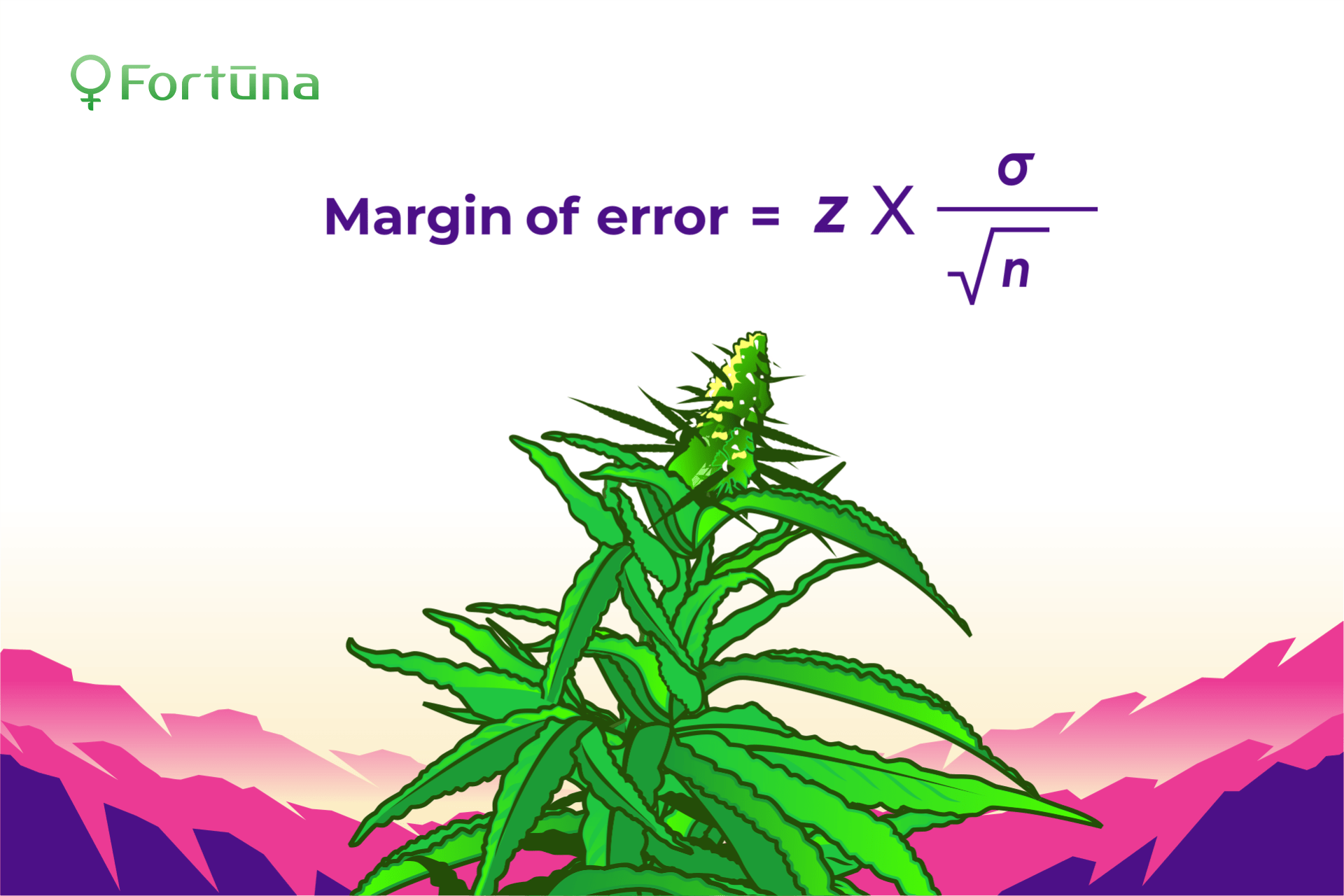
- Hemp Farming
-
by gu
Determining THC levels in hemp is a vital step in the farming process. The determining factor regarding whether a cannabis plant is hemp or marijuana is the percentage of THC in the plant. With the spike in the hemp industry and hemp-based products flooding the American market, hemp THC levels are kind of a big deal.
For those new to hemp-derived products, one of the key components to watch for is the CBD and THC levels present in the finished product. Ensuring accurately labeled products is crucial to the whole hemp game. But how do you know how much THC is present in the product? And how does a hemp farm or company determine THC levels in hemp anyway?
Determining THC Levels in Commercial Hemp Crops
The USDA recently established proposed industry guidelines for effectively and efficiently testing hemp THC levels. However, the testing process a bit tricky because coming up with a testing procedure is incredibly complicated.
There are conditions to factor in, like when the testing takes place, what stressors the plant endures, and when to test for hemp THC levels (for example, pre- or post-decarboxylation). To be clear, decarboxylation is a heating process that alters the chemical composition of the cannabinoids in cannabis plants. The method also activates psychoactive cannabinoids like THC.
For a cannabis plant to be considered hemp and not marijuana, it must contain 0.3% THC levels or less. One way to determine these estimated levels before purchasing is by reviewing the product’s lab report or Certificate of Analysis (COA).
A lab report on hemp THC levels is broken up into three categories: Sample Info, Test Info, and Final Approval. If you look at the ‘Test Info” section and find the “Total Cannabinoids” subsection, you can use these figures in a simple equation to determine the total amount of THC in the plant in question. To find the total hemp THC levels, you can use the equation [THCa x .877] + [THC] = potential THC. Something to keep in mind, though, is that this equation is only valid for hemp that is not decarboxylated.
One of the most recent hemp rules put out by the USDA is to measure delta-9 THC and its metabolic precursor, THCa because it has the potential to become THC upon decarboxylation. Other variations of THC cannabinoids are not part of this equation because delta-9 THC is the only THC cannabinoid that has psychoactive potential.
Tips to Maintain Low THC Levels in Hemp
Maintaining low hemp THC levels can be a bit tricky, but if you factor in the right things, you can be successful.
First off, don’t harvest or test hemp too late in the season. The later the harvest, the more time THC has to develop. Ideally, testing should occur 3-5 weeks into the flowering season. Test the top 3-5 inches of the plant for overall accuracy.
Secondly, keep different plant stressors to a minimum. Plant stresses such as drought, flooding, heat, cold, or a lack or excess of nutrients can cause a spike in hemp THC levels.
And lastly, hemp growers must keep meticulous records showing the source of their plants. They must maintain records of their grower’s license and their Certificate of Analysis (COA) for each hemp crop proving that THC levels are no more than 0.3% THC.
Understanding the Certificate of Analysis
It’s incredibly important that a COA accompanies all hemp-based products, whether selling or purchasing.
The Certificate of Analysis is essentially a third-party stamp of approval. COAs confirm that the product is what the seller claims it is. COAs include information like CBD and THC levels plus information about terpenes, heavy metals, and residual solvents.
Sometime soon, the most credible hemp-based products on the market will feature a seal from the US Hemp Authority Certification Program, certifying that their products have met rigorous quality and testing standards.
Generally, when looking at a COA, consumers will be most concerned with seeing both the CBD and delta-9 THC levels. For a hemp-based product to remain compliant, the delta-9 THC levels must be at 0.3% or less. As mentioned, THCv and delta-8 THC do not contribute to this percentage. The most important thing to take from a COA is whether or not it acceptable THC levels. Determining THC levels of your hemp crop can save you a lot of headaches.
Conclusion
While the USDA is still finalizing an across-the-board method for testing hemp THC levels, methods are being to ensure lower THC levels in their hemp crops.
If you want to keep up to date on all of the latest news concerning THC testing methods, follow the Fortuna blog. We are always posting all of the up-to-date information that you need to know about the world of hemp




Anonymous
November 18, 2020 at 4:05 pmhow to buy cbd seeds in louisiana? EDIT: I found the map here! Thank you
Aminah
June 24, 2021 at 12:50 amis growing hemp legal in maryland
jeanne
June 24, 2021 at 8:26 amHowdy Aminah. Under the new Hemp Farming Program, growers may apply to produce and cultivate hemp for commercial purposes. I hope this helps. Have a wonderful day!